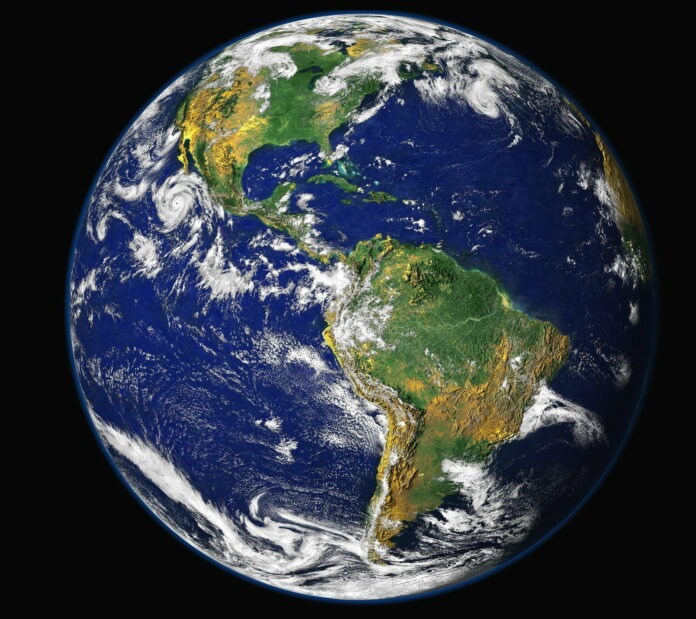Nearly 71% of the Earth’s surface is covered by water, yet the oceans remain a significant mystery to scientists. More is known about the surface of the Moon than the depths of the ocean. In fact, twelve people have walked on the Moon, but only three have been to the Mariana Trench, the deepest part of the ocean, which is about 11 kilometers deep.
1. The Water at the Bottom of the Ocean is Hot
In the deepest parts of the ocean, water temperatures can range from 2°C to 4°C. However, this does not apply to hydrothermal vents on the ocean floor. Here, water temperatures can reach up to 400°C. Due to the immense pressure at these depths (which could crush a human), the water does not boil.
2. There are Lakes and Rivers in the Oceans
The ocean is a world unto itself, complete with trenches, mountains, volcanoes, lakes, and rivers. When seawater seeps through layers of salt, it forms small depressions on the ocean floor. Since the water in these depressions contains more salt, it becomes denser. This creates small pools of saline water within the ocean, resembling the lakes we see on land, complete with shorelines and even waves in some cases.
3. There are Waterfalls in the Ocean
Technically, the largest known waterfall on Earth is between Greenland and Iceland — underwater. The Denmark Strait cataract is not only the highest (3505 meters) but also the most powerful in the world, with a water flow of about 5 million cubic meters per second.
This underwater waterfall is formed by the difference in water temperatures on either side of the Denmark Strait. When the colder, denser water from the east meets the warmer, lighter water from the west, the cold water plunges downward, forming a massive waterfall.
4. The Loudest Sound in the Ocean Came from an Icequake
In 1997, the National Oceanic and Atmospheric Administration (NOAA) recorded one of the loudest sounds ever, known as “The Bloop.” The sound was so loud that sensors over 4500 kilometers away picked it up. Initially, researchers thought it came from a large marine animal, but no creature on Earth is capable of producing such a sound. After 15 years, NOAA concluded that the sound was caused by an icequake, a phenomenon resulting from the cracking and shifting of ice.
5. The Largest Waves in the Ocean are Underwater
The largest ocean waves are not those you see on the shore but those that form deep underwater. Oceanographers call them internal waves (fully known as internal inertia-gravity waves). They occur due to the stratification of water by density. Known to humans for a long time, Vikings referred to this phenomenon as “dead water” — at certain moments, their ships would suddenly stop despite vigorous rowing. Other sailors believed a giant octopus had grabbed their ship. Now, the mystery is solved.
6. There are Three Million Sunken Ships in the Ocean
From the Titanic to Christopher Columbus’s Santa Maria, UNESCO estimates that there have been about three million shipwrecks in the oceans.
7. Most of Our Planet is in Darkness
Thanks to the ocean, the average depth of the world’s oceans is 3736 meters, while light waves can only penetrate to about 100 meters. Since most of our planet is water, it means that the majority of it is in constant darkness.
8. Hidden Treasures
Gold coins found off the coast of Caesarea in Israel were minted during the Fatimid Caliphate. According to NOAA, if all the gold in the world’s oceans were extracted, each person on Earth could have 4 kilograms of the precious metal.
9. Tsunamis Travel at 800 km/h
Tsunamis are caused by seismic events and, according to NOAA’s Pacific Tsunami Warning Center, can travel at speeds of up to 800 km/h if the depth is between 5 and 11 kilometers. These waves usually go unnoticed as they are only a few centimeters high. However, as they approach the shore and the depth decreases, the waves grow in height but fortunately slow down.
